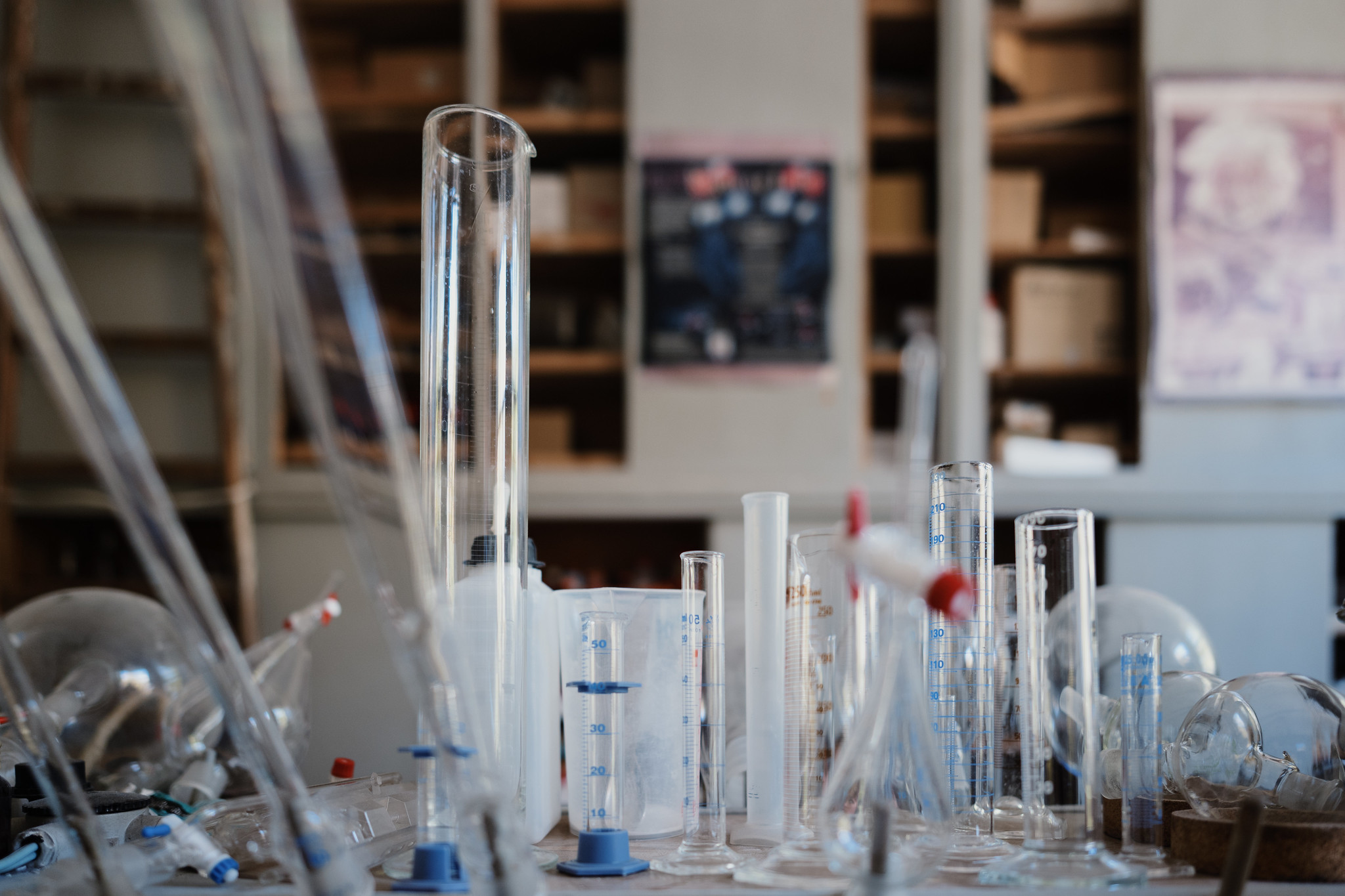Trio Awarded Nobel Prize in Chemistry for Advancing Molecular Architecture

The Nobel Prize in Chemistry 2025 was awarded to Professor Susumu Kitagawa from Kyoto University (Japan), Professor Richard Robson – a chemist from the University of Melbourne (Australia), and Professor Omar M. Yaghi from the University of California, Berkeley (USA). They were honoured with the most prestigious scientific award a living researcher can earn for their work in creating a metal-organic framework (MOF), which opened up new possibilities for designing porous materials capable of absorbing, storing, and separating molecules.
This discovery is considered to be the beginning of a new chemical architecture. This has led to a shift from random synthesis of materials to rationally designed molecular structures that open the way to more sustainable energy, environmental protection, and industrial technologies.
Chemistry of space and emptiness
Prof. Albinas Žilinskas from the Faculty of Chemistry and Geosciences of Vilnius University (VU) said that this year’s Nobel Prize drew attention to materials formed on the principle of self-assembly.
Metal-organic frameworks are formed when metal ions bind to organic molecules known as ligands. These links form not just a single material, but a stable, three-dimensional framework structure – a complex. Such compounds do not fall apart because they are arranged according to the principles of self-assembly,’ explained the VU Professor.
According to him, the process resembles the formation of a protein chain. During synthesis, the protein chain is initially disordered but later turns into a spiral. The same happens in our case – metal ions and organic molecules are arranged into a stable framework that does not collapse.
‘Such structures are different from regular crystalline materials in that many cavities – such as microscopic channels or pores – are inside them. Various molecules can move through these voids, and, as a result, it is possible to control which ones flow in and which do not. In this way, such frameworks can absorb or separate certain materials. For example, remove pollutants from the water or capture carbon dioxide from the air,’ said Prof. Žilinskas.
From a diamond structure to a stable framework
The first step in this field was taken in 1989, when Prof. Robson at the University of Melbourne created a crystal that resembled the structure of a diamond and demonstrated that metal ions can bind organic molecules into an orderly and porous lattice.
According to Prof. Žilinskas, the structure reminiscent of the diamond was just the beginning – later, such structures became more complex. Prof. Kitagawa created a stable framework that allowed gas to flow while the structure itself remained intact. Meanwhile, Prof. Yaghi demonstrated that these frameworks can be produced rationally – their properties can be predicted by changing building blocks. In 1999, he developed an extremely strong compound called MOF-5, which stays intact even at 300 °C, and he also coined the term ‘metal-organic framework’.
‘Complexes were produced that could withstand a temperature of 300 degrees. The internal surface area of a piece of MOF material as small as a piece of chalk or sugar cube can equal that of a football field. This means it can absorb many CO₂ molecules,’ emphasised Prof. Žilinskas.
Turning promise into practice: the challenges that MOFs need to overcome
According to the VU chemist, such materials already have many application areas: ‘If the water quality is bad or certain materials should not be released into nature, MOFs can capture harmful or undesirable materials. Pollutants are collected as the water passes through the porous material, and clean water runs out through the other side. MOFs can also help address climate change and solve energy issues. Some have been developed to capture CO₂ molecules and store them; others have been developed to accumulate hydrogen – a technological solution for cleaner energy.’
According to the Professor, the biggest challenge so far is producing and applying these materials in large quantities. For research purposes, the laboratory produces as many as necessary, but appropriate synthesis methods must be developed to move to a semi-industrial level.
Metal-organic frameworks raise huge expectations, and, according to the Professor, are inexpensive; yet, more time is still needed to ensure their safety. ‘Sometimes we are happy with the discovery, but we don’t know how to deal with it afterwards. This was already the case with microplastics and DDT – everyone was initially pleased with the novelty, but now we face problems with them. If the representatives of industrial chemistry confirm that these materials can be produced in industrial quantities and that their benefits outweigh the harm, they will become very important. Nevertheless, it still takes time.
There have been some notable Nobel Prizes in the last decade. My favourite was the one awarded to the lithium-ion battery developers in 2019 – Professors John B. Goodenough (USA), MP Stanley Whittingham (USA), and Akira Yoshino (Japan). Everyone could appreciate this discovery because we all use it every day. This year’s discovery is also significant, but it may not be easy for everyone to understand. I’m generally in favour of it, but time will tell,’ concluded Prof. Žilinskas.
Research related to this year’s Nobel Prize in Chemistry is also underway at VU. Researchers from the Faculty of Physics, Prof. Mantas Šimėnas and Prof. Jūras Banys, along with their colleagues, are exploring metal-organic frameworks using electron paramagnetic resonance (EPR) techniques. Their joint article with this year’s Nobel Prize winner Prof. Kitagawa was published in ‘The Journal of Physical Chemistry’.